The value of a 1776-1976 silver dollar (Eisenhower Bicentennial dollar) depends heavily on its condition, composition, and whether it’s a proof strike.
Here’s a breakdown:
- Circulated Copper-Nickel Clad: Most 1776-1976 Eisenhower dollars were minted in a copper-nickel clad composition for general circulation. In circulated condition, these are typically worth their face value, which is $1.
- 40% Silver Collector Versions: The U.S. Mint also produced special collector versions of the Bicentennial dollar made with a 40% silver composition. These coins will have an “S” mint mark, indicating they were struck at the San Francisco Mint.
- Proof Coins: Proof coins are struck with special dies and planchets, resulting in a higher quality finish. Proof versions of the 1776-1976 Eisenhower dollars, particularly those with the “S” mint mark and 40% silver content, are generally worth more than their circulated counterparts.
Approximate Value Ranges (as of August 2025):
- Circulated Copper-Nickel Clad (no mint mark or “D” mint mark): ~$1.05 – $1.50
- Circulated 40% Silver (“S” mint mark): ~$12.75 – $14.00
- Uncirculated or Proof 40% Silver (“S” mint mark): Can range from $10 up to $7,000 or more for pristine examples, [according to NGC].
- Rare Errors: Coins with minting errors, such as a proof coin without an “S” mint mark (which should have been minted in San Francisco), can be significantly more valuable.
To accurately determine the value of your 1776-1976 silver dollar, it’s best to:
- Examine the coin’s mint mark: Look for a “D” (Denver), “S” (San Francisco), or no mint mark (Philadelphia).
- Determine its condition: Is it circulated or uncirculated? Are there any signs of wear, scratches, or damage?
- Consult a reputable coin dealer or grading service: They can provide an expert appraisal and identify any potentially rare varieties or errors.

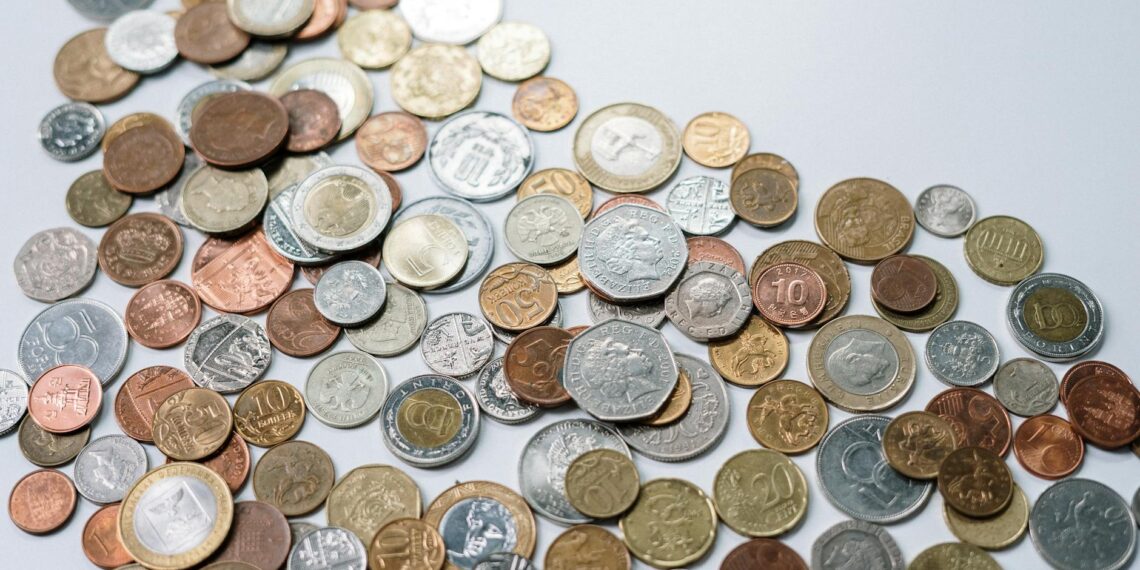




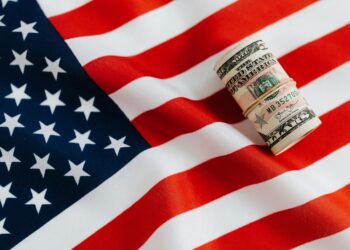
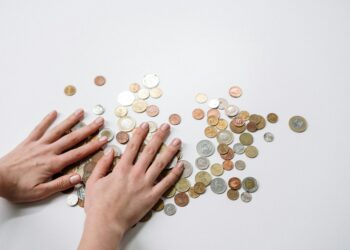
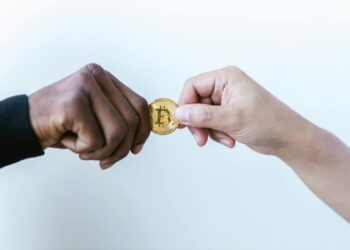
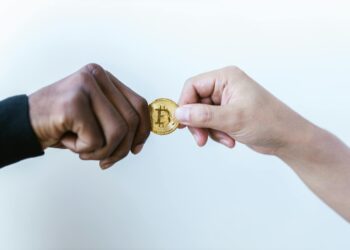

How to tell type 1 and type 2 1776-1976 bicentennial dollars apart?
Thanks for asking. Type 1 – The reverse lettering, including the inscriptions UNITED STATES OF AMERICA and “ONE DOLLAR” have a blockier, sans-serif appearance. Type 2 – Reverse lettering is refined with serifs that much more closely resemble the lettering style ordinarily seen on the obverse of the Eisenhower Dollar.